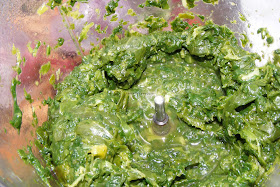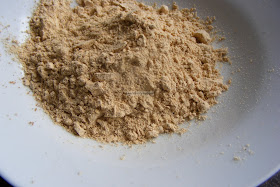Appalam Kuzhambu
Vatha kuzhambu is quite a popular dish especially among tamilians. however appalam kuzhambu is poplar among a narrower set of people, typically brahmins. Appalam is nothing but a variant of pappadom. The appalam used for this dish is special in a way. Typically ‘rettai appalam’ is used and it just means there are two layers of appalam stuck to each other so it is quite thick. I guess it is so because a single layer may just dissolve and disappear in the liquid while two layered appalam stays quite integral. I tried to make this recipe once when my brother and sister-in-law visited us as both of them love it. I wanted to make it exactly like mom and once I tasted it I was pleasantly surprised by how it tasted exactly like my mom’s dish. I followed her recipe afterall but it still shows how I am evolving as a cook as even if you give two people the same ingredients and same recipe, they could make dishes that taste so different. Anyway, here is the recipe...
6-8 urd appalam
1 teaspoon tamarind paste
1 teaspoon mustard seeds
1 teaspoon channa dal
1/2 teaspoon urd dal
2-3 dry red chillies (more if you like it hot)
2-3 heaped teaspoons sambar powder
Asafoetida
Cooking oil
Salt to taste
Fry the appalam in oil or if you prefer to microwave, do so.
Heat couple of tablespoons of oil in a skillet and mustard seeds, channa dal, urd dal, asafoetida, turmeric powder and dry red chillies
Once the mustard seeds splatter, add the sambar powder and stir quickly so it does not burn
Add 2 cups of water, tamarind paste and the fried appalam, required salt and boil until desired consistency is achieved
Serve with rice and ghee or with curd rice









































